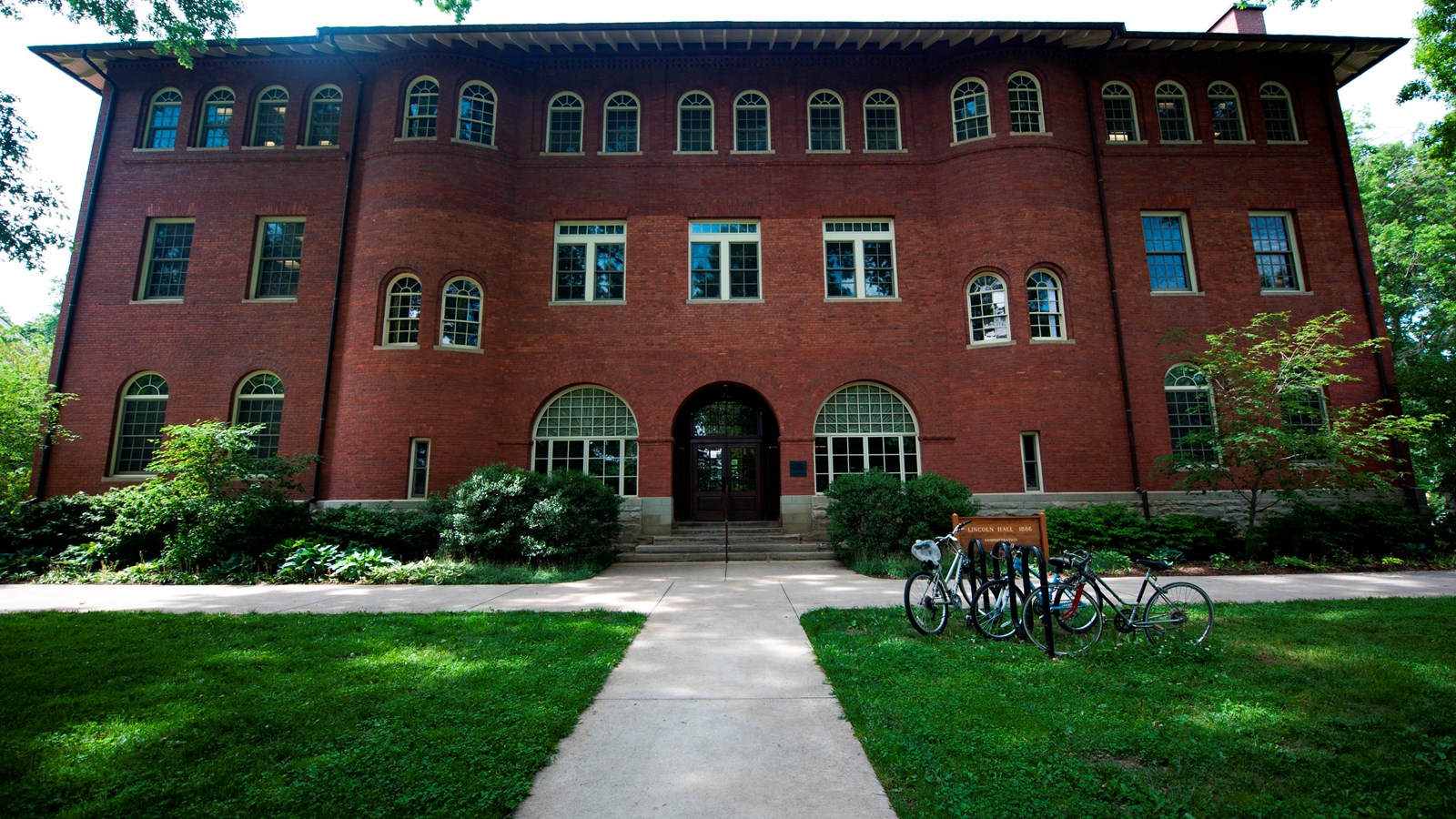Last updated: May 3, 2020
Place
Kentucky: Lincoln Hall, Berea College

Photo by IMCBerea College, CC BY 2.0, https://commons.wikimedia.org/w/index.php?curid=58298840
Berea College's Lincoln Hall--or what used to be called "Recitation Hall"--was the focus of civil rights activities for nearly three-quarters of a century. In 1855, Berea was founded specifically to educate black and white students together. Black students made up one third to one half of the school's student body. Lincoln Hall, a three-story brick building constructed in 1887, contained classrooms, a library, offices, laboratories, a museum and meeting rooms. It is one of the oldest buildings on the Berea campus.
Integration at Berea came to a halt in 1904, when the Kentucky state legislature passed the "Day Law," mandating segregation. For four years, Berea College and its supporters fought the law in the courts, presenting a wealth of documentation on how integrated classrooms had benefitted students. They lost. In Berea College v. Commonwealth of Kentucky, the Supreme Court ruled that since Berea was a private college incorporated by the state of Kentucky, the state had a right to regulate it according to its own laws.
In 1950, the Day Law was amended by the state legislature, allowing Berea to admit black students who could not find comparable courses at the Kentucky State College for Negroes. This restriction was removed by the 1954 Brown v. Board of Education decision, which upheld the right of a black girl in Topeka, Kansas to attend an all-white school and which also overturned Berea College v. Commonwealth of Kentucky.
In the 1960s and early 1970s, Berea's black students tested the college's commitment to integration. For example, they demanded that African Americans be included on the faculty and in the administration, and they staged a 20-hour sit-in at the president's Lincoln Hall office to ensure that three black students who had been arrested received fair treatment. Lincoln Hall is a National Historic Landmark.
Visit the National Park Service We Shall Overcome travel itinerary to learn more about the civil rights movement themes and histories. Also, be sure to check out Civil Rights subject site.
